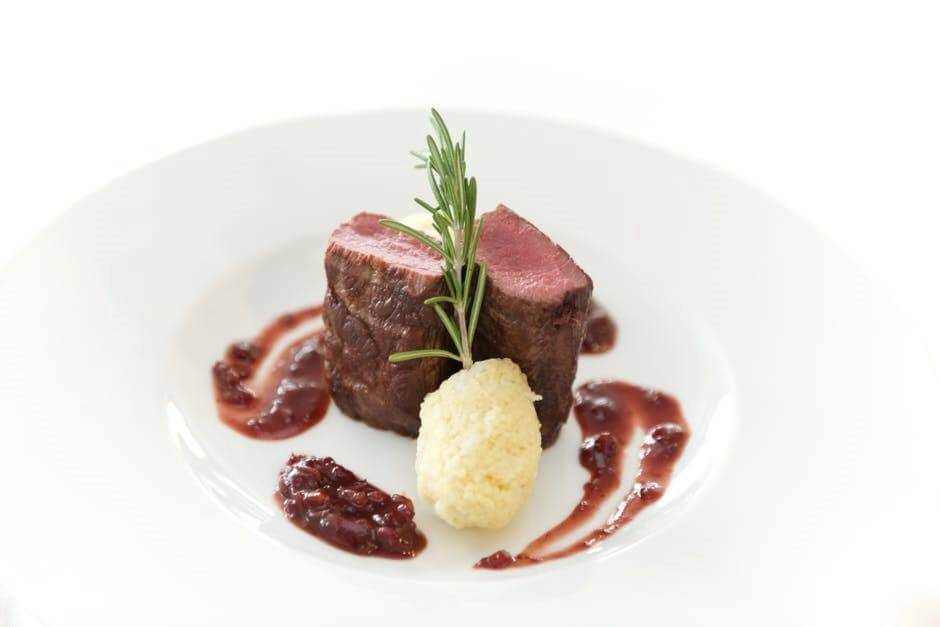
The sous vide method of cooking is wildly popular among chefs in Portland and chefs all over the world. With benefits including even cooking, faster fire times, fewer orders returned to the kitchen and overall reduced waste, it’s easy to see why the sous vide has become one of our favorite cooking gadgets. In this blog, we’ll go over the risks associated with sous vide cooking and the Oregon food safety rules you need to know.
Potential Hazards
As you know if you read our blog “8 Easy Ways to Maintain Food Safety in Your Restaurant,” even one case of food poisoning associated with your restaurant can ruin your reputation. The risk of food-borne illness using sous vide cooking is extremely low, but it’s best to understand the potential hazards so that you can take the right precautions.
1) Pathogenic bacteria can grow on food that is held in the temperature “danger zone” (between 40°F and 140°F) for more than two hours.
2) Sous vide cooked foods that are stored for too long can provide an ideal environment for the growth of cold tolerant pathogens including Listeria monocytogenes and non-proteolytic Clostridium botulinum.
3) Food cooked at low temperatures for short periods may not be brought up to the temperature necessary to kill pathogenic bacteria and parasites.
Oregon Food Safety Rules
Now that you know the risks, we’ll explain everything you need to know to maintain compliance with Oregon food sanitation rules. State food safety rules are generally fairly similar, but if you are not in Oregon, you’ll want to check with your state’s health department.
These are the Oregon food safety rules that apply to sous vide cooking in restaurants:
1) Implement a Hazard Analysis and Critical Control Points (HACCP) plan that covers critical control points, the processes for preventing food contamination, and procedures to monitor the processes.
2) Ensure the food is cooked through to a specified temperature using a probe thermometer and for a specified time under § 3-401.11 in the FDA Food Code.
3) Food is protected from contamination before and after cooking per the FDA Food Code.
4) Food is placed in a vacuum sealed package before cooking, or placed in a package and sealed immediately after cooking and before reaching a temperature below 57°C (135°F).
5) Cooled to 5°C (41°F) in a sealed package and then:
(a) Cooled to 1°C (34°F) within 48 hours of reaching 5°C (41°F) and held at that temperature until consumed or discarded within 30 days after the date of packaging
(b) Cooled to 1°C (34°F) within 48 hours of reaching 5°C (41°F), removed from refrigeration equipment that maintains a 1°C (34°F) food temperature and then held at 5°C (41°F) or less for no more than 72 hours, at which time the food must be consumed or discarded
(c) Cooled to 3°C (38°F) or less within 24 hours of reaching 5°C (41°F) and held there for no more than 72 hours from packaging, at which time the food must be consumed or discarded
(d) Held frozen until thawed, heated and used
6) Food must be labeled with the product name and the date packaged.
7) Keep records to confirm the cooling and cold holding refrigeration time/temperature guidelines for the last 6 months.
At McDonald Wholesale, we’re committed to food safety and bringing our partners top quality products held to rigorous inspection standards. For more information about Oregon food safety rules for sous vide cooking, questions about other food safety policies, or to learn more about our services, contact us today.

